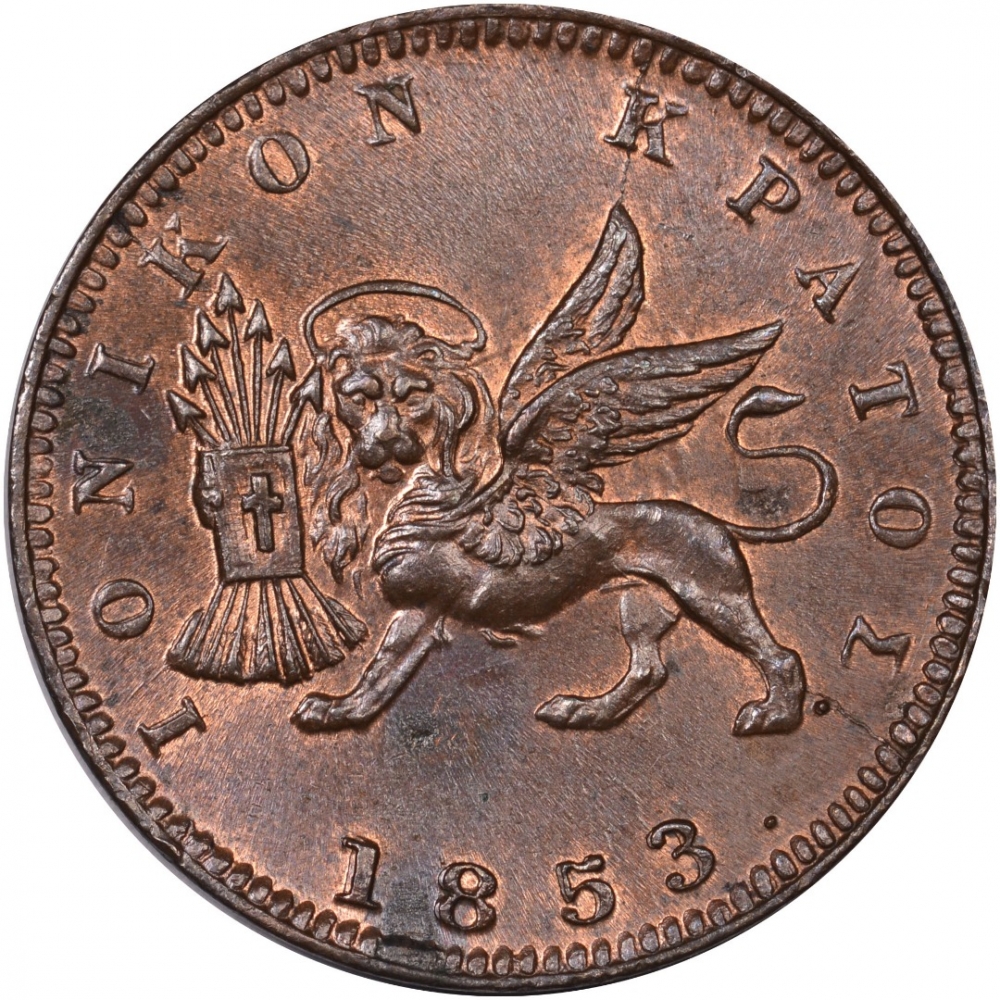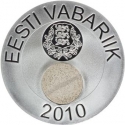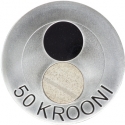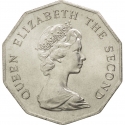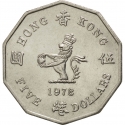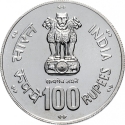You are about to finish your registration. Please check your mailbox (including spam folder). There should be a letter with a confirmation link. Check setting to make sure that your e-mail address is correct.
Send letter againDescription
The Ionian Islands are a group of islands in Greece. They are traditionally called the Heptanese, i.e. "the Seven Islands": Corfu, Paxos, Lefkas, Ithaca, Kefalonia, Zakynthos and Cythera.
The Treaty of Paris in 1815 turned the islands into the United States of the Ionian Islands, a state and amical protectorate of the United Kingdom. On 29 March 1864, representatives of the United Kingdom, Greece, France, and Russia signed the Treaty of London, pledging the transfer of sovereignty to Greece. Thus, on 28 May the Ionian Islands were united with Greece.
Alignment-related varieties and dot-related varieties exist.
Engraver: William Wyon
Obverse

|
Depicts the winged lion of Saint Mark facing to left holding Bible and seven arrows, around above in Greek the inscription "Ionian State", date below. ΙΟΝΙΚΟΝ ΚΡΑΤΟΣ. |
|---|---|
Reverse

|
Britannia seated facing right wearing a helmet and breastplate with flowing dress; she holds a trident and rests her right hand on a shield which bears the combined crosses of the Union Flag. BRITANNIA. |
| Edge |
